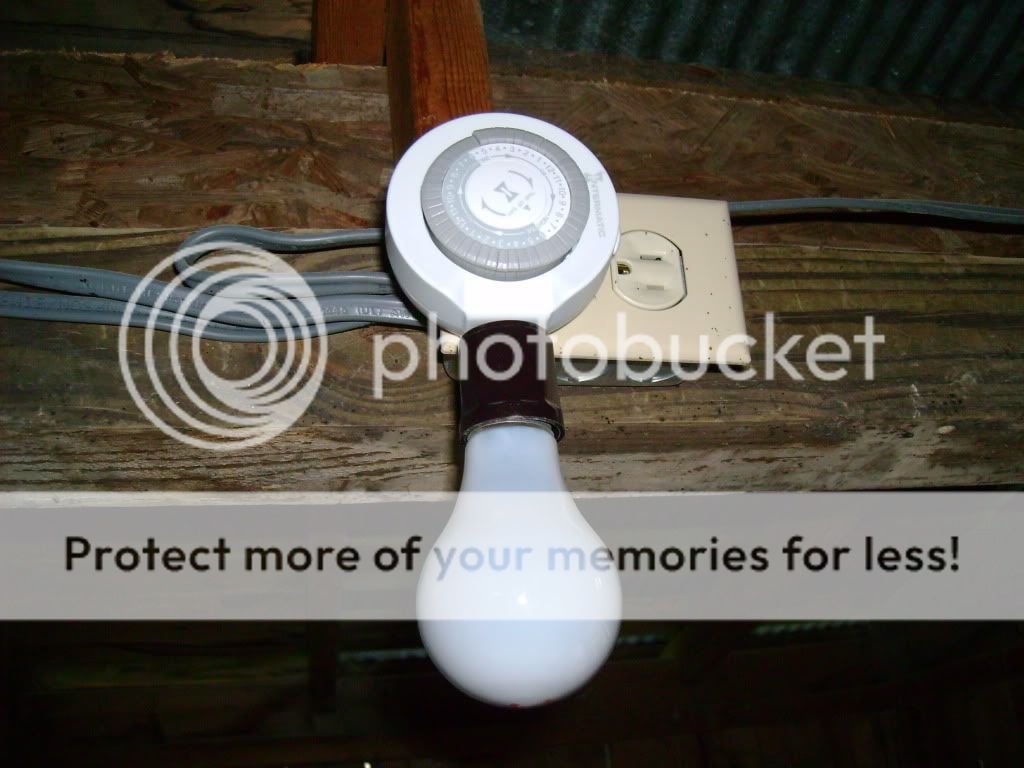- May 12, 2011
- 39
- 1
- 22
This is my first year with chickens, and I'm wondering what you all do when the days start getting shorter? Do you put a light in the coop or just let them go? I was reading the article in the sticky and was wondering what most people do as far as lighting and heat? I'm in NE Ohio, if that helps at all. Thanks in advance!








